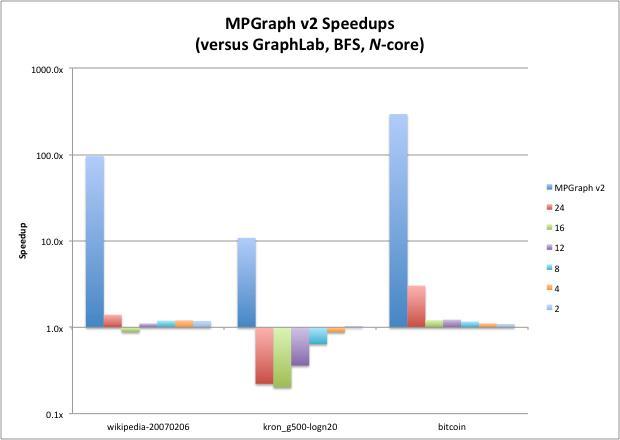Raspberry Pi Zero — The $5 Tiny Computer is Here by Swati Khandelwal.
From the post:
Get ready for a ThanksGiving celebration from the Raspberry Pi Foundation.
Raspberry Pi, the charitable foundation behind the United Kingdom’s best-selling computer, has just unveiled its latest wonder – the Raspberry Pi Zero.
Raspberry Pi Zero is a programmable computer that costs just $5 (or £4), may rank as the world’s cheapest computer.
…
The Raspberry Pi Zero is on sale from today and is also given away with this month’s copy of the Raspberry Pi own magazine MagPi (available at Barnes & Noble and Microcenter).
Do you intend to use your Raspberry Pi Zero, which far exceeds anything available during the early years of atomic bomb development “…as [a] really fast paper emulator?”
The quote is from:
…how the media in which we choose to represent our ideas shape (and too often, limit) what ideas we can have. “We have these things called computers, and we’re basically just using them as really fast paper emulators,” he says. “With the invention of the printing press, we invented a form of knowledge work which meant sitting at a desk, staring at little tiny rectangles and moving your hand a little bit. It used to be those tiny rectangles were papers or books and you’re moving your hand with a pen.
Now we’re staring at computer screens and moving our hands on a keyboard, but it’s basically the same thing. We’re computer users thinking paper thoughts.”
Is the Raspberry Pi Zero going to be where you or your child steps beyond “…paper thoughts?”
Or doing the same activities of yesteryear, only faster?
Enjoy!

